Black bear hunting has long been regarded as an exhilarating and challenging recreational activity. Throughout history, humans have felt a deep connection with nature’s majestic creatures, and the pursuit of black bears in the wild is no exception.

Recreational Hunting History
The bear roots can be traced back to ancient times when early civilizations relied on hunting for their survival. In North America specifically, Native American tribes revered the black bear as a sacred animal and hunted them for food and spiritual rituals.
As European settlers arrived on the continent, they adopted this tradition and incorporated it into their way of life. Technological advancements brought improved firearms and tools, enabling hunters to survive and thrive in untamed wildernesses.
In the 19th century, we witnessed a surge in recreational hunting with the emergence of athlete clubs and influential figures like Theodore Roosevelt advocating for bear conservation.
Understanding Black Bear Behavior and Habitat
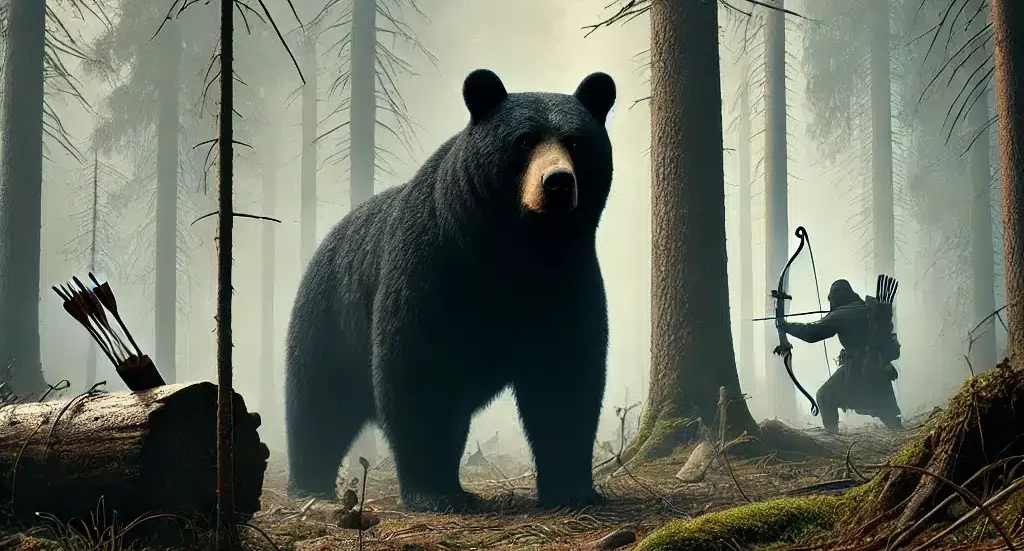
To successfully hunt black bears, one must comprehend the intricacies of these magnificent creatures’ behavior and habitat preferences. Black bears are highly adaptable animals capable of thriving in diverse environments, from dense forests to open meadows.
Understanding their behavior is crucial because it helps hunters predict their movements and patterns in the field. For instance, recognizing that bears are primarily crepuscular—active during dawn and dusk—can significantly increase their chances of encountering one during a hunt.
Furthermore, comprehending a black bear’s habitat is vital since they tend to inhabit specific ecosystems that provide them with food, shelter, and water sources. Bears have adapted to various landscapes across North America, from the lush woodlands of the Pacific Northwest to the rugged mountain ranges of the Rocky Mountains.
Hunting Black Bear
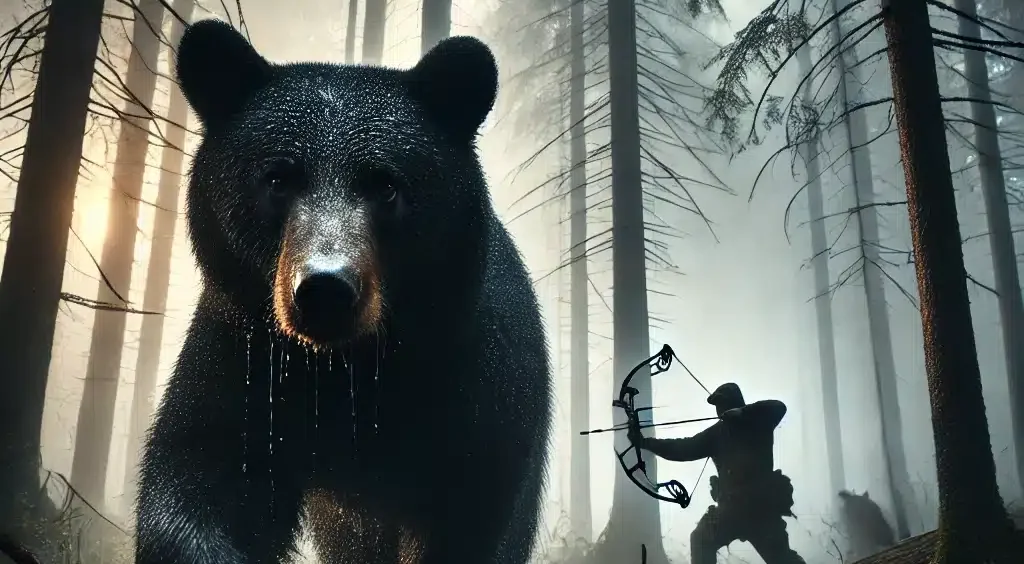
Overview of black bear biology and characteristics: Black bears (Ursus americanus) are fascinating creatures that inhabit various regions of North America. They are the smallest species of bear found on the continent, with males typically weighing between 150 and 600 pounds, while females are generally smaller, ranging from 100 to 400 pounds.
These powerful animals have a stocky build, round ears, and a distinctive shoulder hump, which provides them with strength and agility. Their fur can vary in color from black to cinnamon or even blond.
Distinguishing between male and female black bears can be challenging, especially from a distance. However, there are a few key characteristics to look out for. Male black bears tend to have larger bodies overall compared to females. They also possess longer and thicker necks due to their higher testosterone levels.
Additionally, males often display more prominent features, such as wider muzzles and larger claws, than their female counterparts. Identifying age classes of bears: Determining the age class of a black bear requires careful observation of specific physical traits.
Cubs are the youngest individuals and can be recognized by their small size and fluffy appearance. They often stay close to their mother. Yearlings are typically spotted in their second year when venturing independently but may still exhibit some cub-like characteristics.
Subadults refer to bears that are not fully mature but have left their mothers’ care; they display physical features similar to adults but may be slightly smaller. Adults have reached full maturity both physically and sexually.
Preparing for Black Bear Hunting
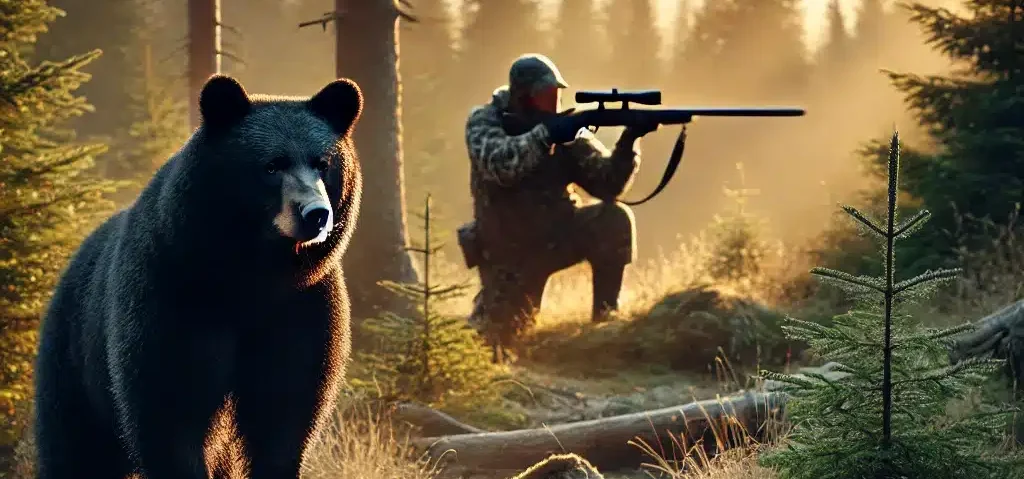
Selecting the right hunting gear and equipment
Having the right gear and equipment can make all the difference in your success. Firstly, you’ll need a sturdy backpack to carry all your essentials. Look for one with multiple compartments and adjustable straps for maximum comfort during long treks.
Next, invest in a quality pair of optics. Bears have an incredible sense of smell, so spotting them from afar will allow you to plan your approach carefully. Choose binoculars with a high magnification power and good low-light performance. Additionally, consider purchasing camouflage clothing that matches the natural surroundings where you’ll be hunting.
Bears have keen eyesight, so it’s crucial to blend into your environment. Look for clothing made from lightweight materials that offer both camouflage patterns and scent control.
Choosing appropriate equipment for bear hunting
Regarding firearms, it’s recommended to use rifles chambered in calibers like .270 Winchester or .30-06 Springfield. These cartridges offer sufficient stopping power while still maintaining manageable recoil. However, always check your state’s regulations regarding minimum caliber requirements.
If you’re more inclined towards archery hunting, choose a compound bow with sufficient draw weight (usually 50 pounds or more) to ensure effective penetration through a bear’s thick hide and muscles. Carbon arrows are preferable due to their durability and accuracy.
Whether you choose firearms or archery equipment, practice regularly at various distances to become proficient with your weapon. Accurate shot placement is essential for ethical considerations and ensuring a clean kill.
State regulations and obtaining necessary licenses/tags
Before embarking on a black bear hunt, familiarize yourself thoroughly with the specific regulations your state wildlife agency sets. These regulations dictate important factors such as season dates, hunting methods allowed, bag limits, and specific areas where hunting is permitted.
Ignoring or unknowingly violating these regulations can result in legal consequences. Additionally, make sure to acquire the necessary licenses and tags required. These can typically be obtained online through the state wildlife agency’s website or at designated license vendors.
Remember that some states may require the completion of a mandatory bear hunting education course before issuing licenses. Remember, compliance with state regulations ensures your hunt is legal and contributes to the conservation of black bear populations.
So, take the time to familiarize yourself with all the necessary rules and requirements before heading out into the wild. By adequately preparing for a black bear hunt by selecting appropriate gear, understanding firearm or archery equipment choices, and following state regulations, you’ll set yourself up for a safe and successful hunting experience.
Black Bear Hunting – Scouting
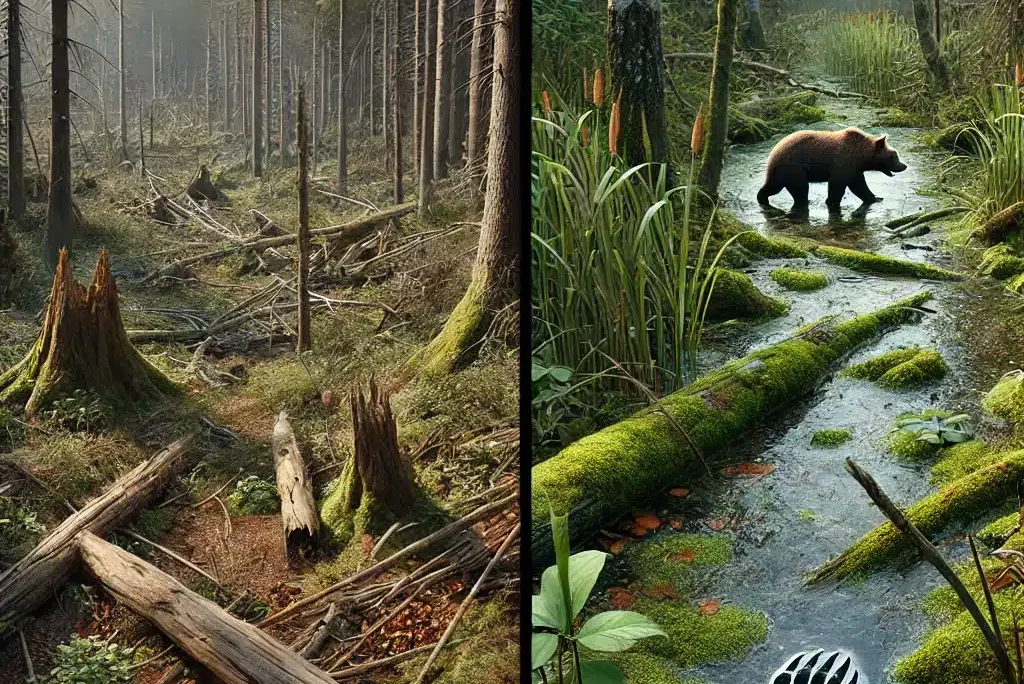
Identifying prime bear habitats such as forests or swamps
When scouting for black bears, one of the first things you need to do is identify the prime habitats where these magnificent creatures thrive. Black bears are highly adaptable and can be found in various environments but tend to favor certain areas.
Forests are particularly attractive to them, providing abundant food sources like berries and nuts. Look for thickly wooded areas with a mix of deciduous and coniferous trees. Swamps are another favorite haunt of black bears. These wetlands offer water for hydration, and various vegetation, insects, and small animals comprise their diet.
Locating signs of bear activity like tracks, scat, or claw marks
Once you have identified potential bear habitats, it’s time to start looking for signs of their presence. Tracks are one of the most obvious indicators that bears are active in an area.
Black bear tracks resemble human footprints with distinct claw marks at the tip. Look for fresh tracks in soft soil near water sources or along game trails.
Scat is another telltale sign that bears have been around. It’s often dark brown or black and filled with remnants of seeds, fruits, insects, or even fur from their prey. Pay attention to areas where you find large piles or scattered scat on the ground. Claw marks on trees can also provide valuable information.
Black bears use their powerful claws to mark territory, communicate with other bears, or simply as a form of exercise. Look for vertical claw marks several feet above the ground, often accompanied by hair stuck in the bark.
Using trail cameras to monitor bear movement patterns
Trail cameras are a fantastic tool for monitoring bear movement patterns and gaining vital insights into their behavior. These motion-activated cameras can be strategically placed near known bear activity areas, such as feeding sites or game trails.
Before using trail cameras, follow local regulations and obtain necessary permits. When setting up your camera, ensure it is well-hidden and securely mounted to avoid detection or theft.
Set it up at a suitable height and angle to capture clear images of passing bears. Some advanced models even allow remote monitoring through smartphone apps, enabling you to check footage without disturbing the area.
Trail cameras provide invaluable data on bear movements, helping you identify peak activity times and preferred travel routes. By analyzing this information over time, you can increase your chances of success during your hunting expedition and better understand these remarkable creatures’ habits in their natural habitats.
Techniques and Strategies for Black Bear Hunting

The Spot-and-Stalk Method: Stealth and Patience Pay Off
Are you ready for an exhilarating hunting experience? The spot-and-stalk method is a thrilling approach that demands cunning, patience, and a keen eye.
It involves scanning open areas from vantage points, such as ridgelines or elevated spots, to locate bears before stealthily closing the distance for a clean shot. Using quality optics like binoculars or spotting scopes is crucial to effectively glass open areas for bears.
Look out for telltale signs like movement or color variations amidst the landscape. Bears can blend in with their surroundings, so be prepared to focus on natural features like logs, stumps, or rocks that may be these elusive creatures.
Once you spot a bear, your next move is critical: approaching stealthily while minimizing noise and scent. Move slowly and deliberately, taking advantage of any available cover, like trees or boulders.
Avoid stepping on dry twigs or crunching leaves underfoot, as this can alert the wary bear to your presence. Also, remember that bears have an exceptional sense of smell; minimize human odors by using scent-eliminating sprays and wearing scent-blocking clothing.
The Baiting Method: Temptation at Its Finest
Imagine yourself in a secluded area surrounded by dense forests and hidden clearings—this is where the baiting method comes into play. Setting up bait stations with legal attractants like food or scent lures can entice black bears into specific areas where you can position yourself for a well-placed shot.
When establishing bait sites, choose locations away from human presence to ensure minimal disturbance. Remote valleys or deep woods are ideal choices as they offer privacy both for you as a hunter and for the bears.
Respect their habitats and ensure that your presence does not negatively impact their natural behavior. To attract bears effectively, select bait that aligns with local regulations and preferences.
Common choices include 55-gallon drums filled with sweet treats like molasses or donuts or scent lures that imitate the smell of a potential food source. Remember to replenish the bait regularly to keep it fresh and appealing.
Final Thoughts: The Dynamics of Bear Hunting
The spot-and-stalk and baiting methods have unique charms and challenges regarding hunting. The spot-and-stalk hunting technique rewards those who can be patient observers, while baiting allows for a more controlled environment where you can position yourself strategically. A successful hunt requires meticulous preparation, respect for state regulations, and ethical considerations.
Whichever method you choose, ensure you equip yourself with appropriate tools and knowledge of bear behavior. Most importantly, embrace the experience with reverence for nature’s incredible creatures and cherish every moment spent in their majestic realm.
Field Dressing and Processing a Harvested Bear
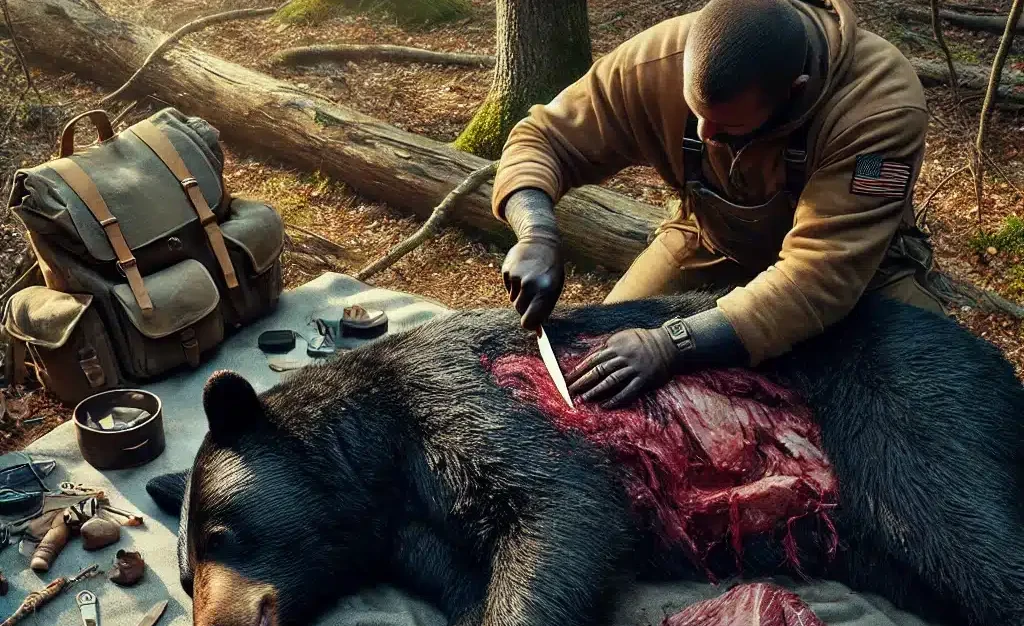
Step-by-step guide on field dressing a black bear properly
After a successful hunt, the real work begins – field dressing and processing your harvested black bear. This essential step ensures that the meat is preserved and ready for consumption. Here’s a step-by-step guide to help you through the process:
Safety First: Before proceeding with field dressing, wear gloves, and protective clothing to avoid potential diseases or infections.
Secure the Bear: Position the bear on its back with its legs spread apart so the abdominal cavity can be easily accessed for field dressing.
Make an Incision: Starting from just above the pelvis, use a sharp knife to make an incision along the belly and up to the chest area. Take caution not to puncture any organs in this process.
Remove Internal Organs: Carefully remove the internal organs by cutting around them using your knife or shears. Remember to detach them from their connections while ensuring minimal contact with edible meat.
Clean and Rinse: After removing all internal organs, thoroughly clean the cavity with water or a mild disinfectant solution to remove any traces of blood or debris.
Cool Down: Properly cool down your bear by opening up its rib cage to promote air circulation inside it as soon as possible after field dressing.

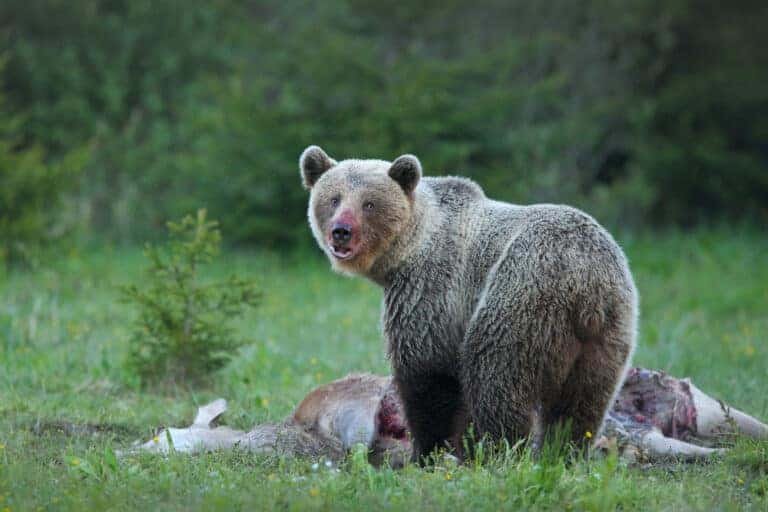

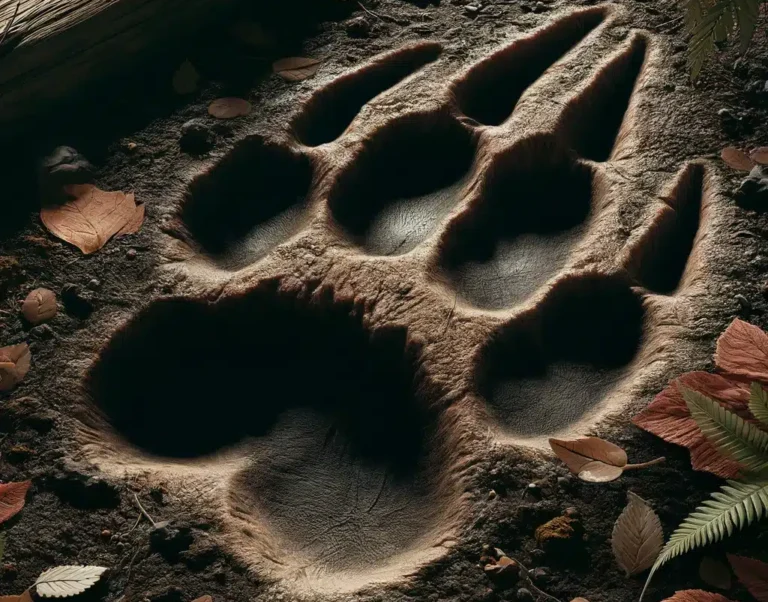
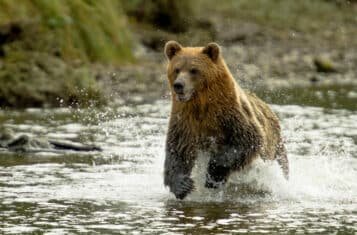
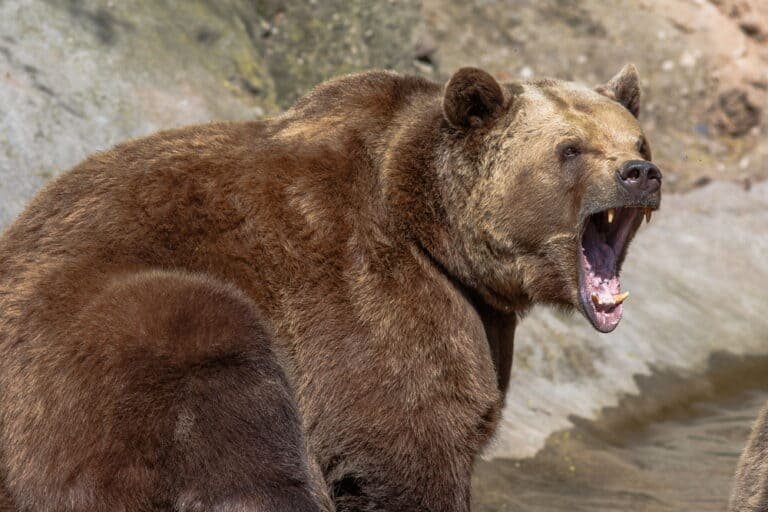
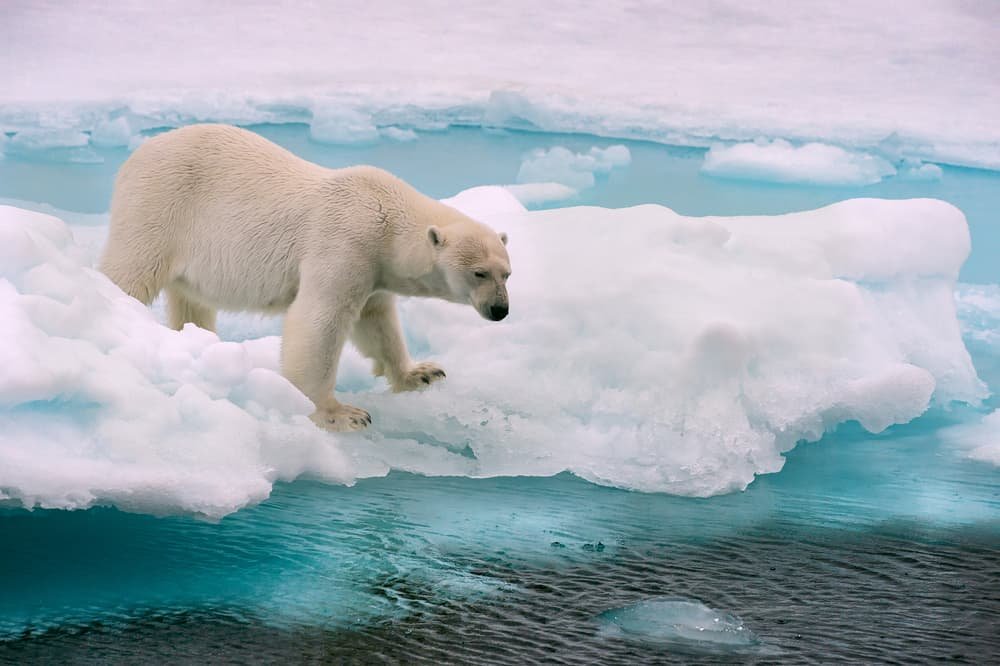
Your point of view caught my eye and was very interesting. Thanks. I have a question for you.
Your point of view caught my eye and was very interesting. Thanks. I have a question for you.
Thank you for your sharing. I am worried that I lack creative ideas. It is your article that makes me full of hope. Thank you. But, I have a question, can you help me?
Your article helped me a lot, is there any more related content? Thanks! https://www.binance.com/fr-AF/register?ref=JHQQKNKN